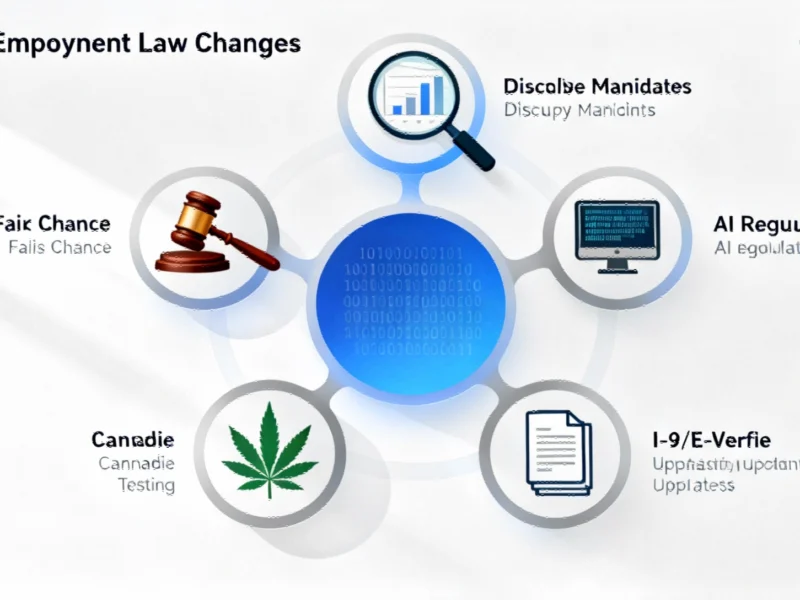According to Forbes, Brooklyn-based fintech company Propel announced a $10 million emergency relief fund on Wednesday to support low-income Americans at risk of losing access to federal food and nutrition benefits due to the government shutdown. The fund will provide one-time $50 cash payments through Propel’s app in partnership with nonprofit GiveDirectly, prioritizing recipients of the highest SNAP allotment when November deposits are missed. Propel, whose app serves 5 million SNAP households, has contributed $1 million initially and aims to raise the remaining $9 million from partners and donors. CEO Jimmy Chen acknowledged that the $8 billion in monthly federal payments at risk represents “a massive amount of money that we can’t hope to backstop through philanthropy or food banks.” This emergency response highlights the growing intersection of fintech and social services during political crises.
Table of Contents
The Digital Safety Net Gap
Propel’s emergency fund represents a significant evolution in how technology companies are addressing gaps in traditional social safety nets. While previous fintech interventions focused primarily on banking access or financial literacy, this marks one of the first instances where a technology platform is directly providing emergency cash transfers during a government failure. The company’s existing infrastructure—already processing data for 5 million SNAP households—gives it unprecedented ability to identify and reach the most vulnerable populations quickly. This contrasts sharply with traditional relief efforts that often struggle with identification and distribution challenges during crises.
Scale Limitations and Systemic Risks
While Propel’s initiative is commendable, it highlights the fundamental limitations of private sector interventions in systemic crises. The $10 million fund, while substantial, represents just 0.125% of the $8 billion in monthly SNAP benefits at risk. Even with successful fundraising, the $50 payments would reach only 200,000 households—less than 2% of the 42 million Americans enrolled in SNAP. This underscores the reality that private philanthropy cannot replace government-scale social programs. Additionally, the approach raises questions about dependency on corporate solutions for basic needs during political failures, potentially reducing pressure on lawmakers to resolve underlying governance issues.
Fintech’s Evolving Social Role
Propel’s model represents a broader trend of fintech companies moving beyond traditional financial services to address social welfare challenges. Unlike many Silicon Valley startups that primarily serve affluent consumers, Propel has built its business around solving problems for low-income Americans—a market segment often overlooked by mainstream tech. The company’s partnerships with grocery and food delivery platforms like Instacart demonstrate how digital platforms can create integrated support systems that combine emergency cash with access to essential services. This approach could signal a new category of “social impact fintech” that bridges the gap between government services and private sector innovation.
Implementation Challenges Ahead
The success of Propel’s emergency fund will depend on several critical implementation factors. The requirement for beneficiaries to download and use the Propel app creates a digital access barrier for households without smartphones or reliable internet—populations that are often the most vulnerable. Distribution through the app, while efficient, may exclude those who rely on traditional food banks and community organizations. There’s also the challenge of ensuring that the $50 payments reach those most in need during what could be chaotic circumstances, as families scramble to secure food for their children amid benefit disruptions.
Broader Industry Implications
This initiative could accelerate similar emergency response models across the fintech sector, particularly as climate crises, pandemics, and political instability create more frequent disruptions to traditional safety nets. Other fintech companies serving vulnerable populations may feel pressure to develop similar contingency plans, potentially leading to industry standards for crisis response. However, this also raises regulatory questions about the appropriate role of private companies in administering what are essentially emergency social benefits. As these models develop, we may see increased scrutiny from regulators concerned about data privacy, eligibility determination, and the potential for creating parallel systems that bypass government oversight.
Long-Term Outlook
The government shutdown crisis represents both an immediate emergency and a potential inflection point for fintech’s role in social welfare. While Propel’s fund is a temporary measure, it demonstrates how technology platforms can respond more nimbly than traditional institutions during crises. Looking ahead, we may see increased collaboration between government agencies and fintech companies to build more resilient benefit delivery systems. However, the ultimate solution must address the underlying political failures that create these crises, rather than relying on private sector backstops for essential government functions. As Chen noted, it’s impossible to replace SNAP’s scale—but this emergency response may catalyze important conversations about modernizing America’s social safety net for the digital age.



